Are you looking to add dramatic impact and Oriental feel to your space? Consider the organic feel and Zen vibes offered by Japanese sliding doors. These sliding doors, also known as shōji, are traditional to Japanese architecture, usually serving as a door, window, or room divider. These beautiful structures consist of a wooden frame containing a wooden or bamboo lattice filled with translucent paper. Contemporary construction has the sliding doors changing to fit modern construction needs.
For example, the traditionally used paper is washi; but contemporary Japanese sliding doors can contain more modernly made paper or, sometimes, plastic. Regardless of the changing times, the basic track system of the doors remains the same through time.
The beauty of these gorgeous Japanese sliding doors is matched by their efficiency and varying functions. As a general rule, a traditional Japanese house has very few permanent interior walls. To this end, the sliding doors serve as moveable inside walls and save space with their sliding movement because that movement saves space within the room that would be rendered unusable by the girth required by a swinging door.
Another aspect of classical Japanese construction has shōji used as exterior walls, in addition to windows, dividers, and interior doors. However, the use of these doors as exterior walls in largely absent in more modern construction. The sliding doors serve as excellent windows, helping to bring the lovely outdoors inside in pleasant weather. And when used as dividers, they do well to alter the size and use of various rooms in a home, creating a new space with the simple slide of a divider. These shōji also make very interesting doors for closets, pantries, and other smaller rooms or spaces, adding an unexpectedly chic element to a usually mundane space.
You won’t be alone if you choose to add Japanese sliding doors to your home: while still widely associated with Japanese architecture, these sliding doors are becoming more prevalent in Western-style houses because of their simple elegance and beauty.
You have some options for adding this design element to your own home. Premade Japanese sliding doors kits are readily available and installed with relative ease. This can be done by a contractor or by you, depending on your comfort level with DIY projects. If you are frugal and handy, you can build these doors yourself.
First, research and plan your desired shōji design. Second, gather your tools, which usually include a tape measure, a carpenter square, a level, a drill, a Kreg jig, a utility knife, a table saw, and a chop saw. (While this is a general list of tools typically used, you may, of course, substitute alternate tools if you are really knowledgeable and handy.)
Next, decide upon and gather your chosen materials, which would usually include wood, translucent paper or sheet plastic (or even corrugated plastic), a sliding door kit, and small screws. Once your materials are gathered, you’ll make your frame, install the lattice pieces, paint the wood (if desired), add the paper or plastic within the frame, and then hang the door. And voila—beautiful, serene doors for virtually any desired space in your home.
However you choose to create your sliding doors, know that you’re adding a unique design element that will set your space apart from the standard home.

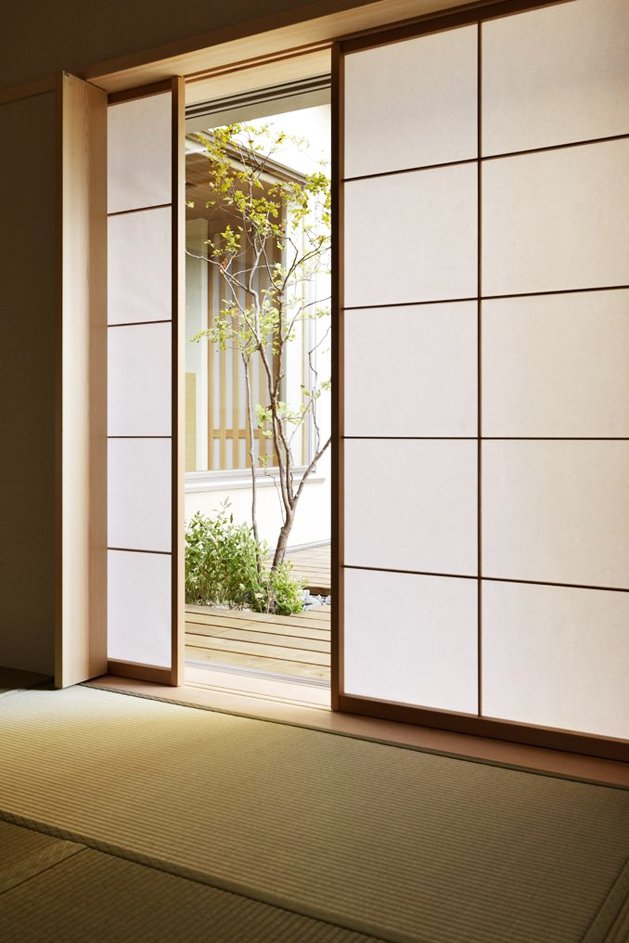
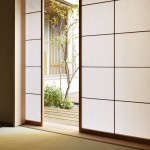





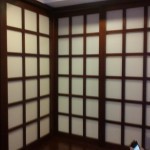







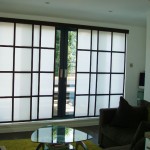




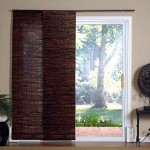





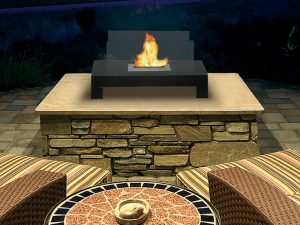







Tell us what you think about "Japanese Sliding Doors For Beauty and Zen"?